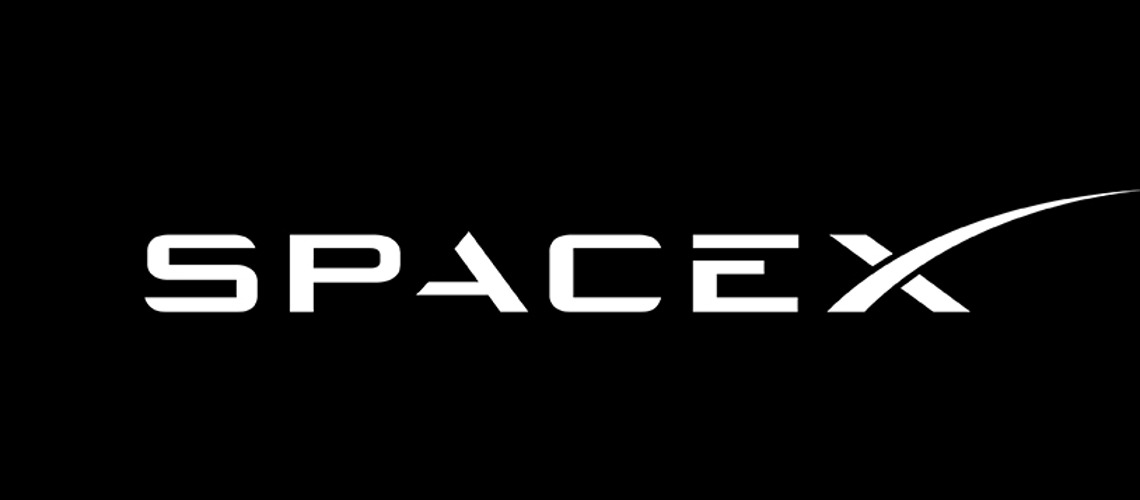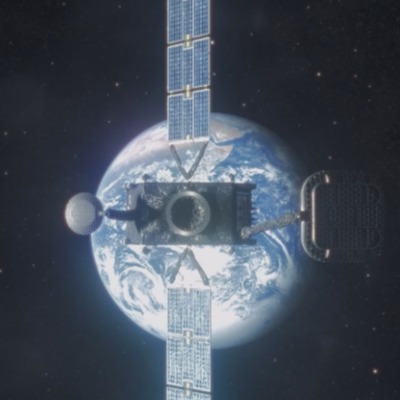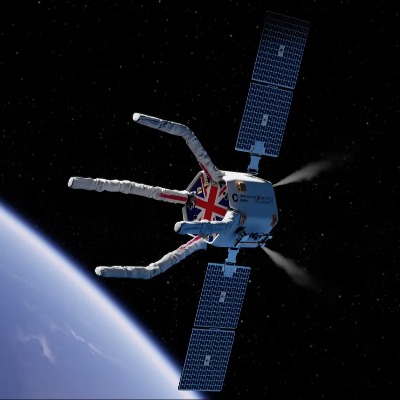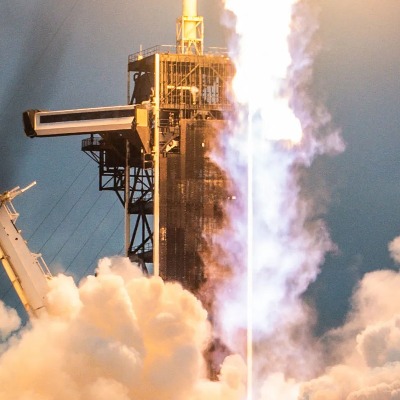SpaceX Falcon 9 Rocket Experiences Upper Stage Engine Anomaly During Starlink Launch

A SpaceX Falcon 9 rocket suffered an upper stage engine anomaly during a Starlink internet satellite launch yesterday evening. While the first stage successfully completed its mission and landed on a drone ship, the second stage engine issue may have compromised the deployment orbit of the 20 Starlink satellites onboard.
The launch, designated Starlink Group 9-3, lifted off from Vandenberg Space Force Base at 10:35 PM EDT. Initial reports indicated a normal ascent, with the first stage separating as planned and performing a successful downrange landing.
However, during the crucial second stage burn intended to raise the satellites to their final orbit, an anomaly occurred with the Merlin engine. Details remain unclear, but SpaceX CEO Elon Musk took to Twitter, calling it an "upper stage restart to raise perigee resulted in an engine RUD for reasons currently unknown." RUD, an industry term, stands for "Rapid Unscheduled Disassembly," signifying a significant malfunction.
“Starlink satellites were deployed, but the perigee may be too low for them to raise orbit. Will know more in a few hours,” Musk added.
The impact of the engine issue on the Starlink satellites is still being assessed. While deployment itself likely occurred, the intended orbit may not have been achieved. SpaceX is currently reviewing telemetry data to pinpoint the cause of the anomaly and determine the fate of the satellites.
This incident comes on the heels of a successful Falcon 9 launch earlier this week, highlighting the inherent risks involved in spaceflight. While SpaceX maintains a commendable launch success rate, such anomalies serve as a reminder of the ongoing need for advancements in rocket technology and mission planning.
The company is expected to release further updates on the Starlink satellites' status and the investigation into the engine anomaly in the coming hours.




